AO Edited
The Noah Purifoy Desert Art Museum
Explore 10 acres of environmental sculptures.
Set in Joshua Tree, California, the Noah Purifoy Desert Art Museum is several acres of open land displaying Purifoy’s assemblage sculptures, all created on-site between 1989 and 2004.
Visitors must take dirt roads to access the site, where they’ll be greeted with a hand-painted “Blair Lane” street sign and dozens of large-scale sculptures made from materials such as castoff metals, burnt wood, and blown-out rubber tires. A brochure is available at the entrance naming the various sculptures and the years in which they were built.
The sculptures are all assemblage pieces, adorned with “junk” bits like hamburger wrappers, broken computer keyboards, or glass fragments, and most are large enough to walk into and experience from different angles. The works range from overt political statements like White/Colored—which features a toilet bowl next to a drinking fountain—to more site-specific pieces like Shelter, made of wood salvaged from a neighbor’s house that burned down. Come on a sunny day, and the bright pink displays can seem charming and whimsical; on stormy afternoons, the same structures can seem uninviting and haunting.
It was the dramatic and harsh landscape of the Mojave that inspired Purifoy to create his assemblage pieces, which he referred to as “environmental sculpture.” Purifoy intended for his works to be displayed in their natural environment and process of decay. Resisting the ideologies of institutionalized art, Purifoy insisted, “I do assemblage. I don’t do maintenance.” Curious and excited to see what role nature could play in the life of an artwork, he beckoned the inclement weather. “Changes are an integral part of life itself,” he argued.
Purifoy himself was no stranger to the themes of resistance and change. Before moving to the desert he served as a founding director of the Watts Towers Art Center in nearby Los Angeles, where he witnessed firsthand the Watts Riots of the 1960s. After the riots subsided, Purifoy took to the streets and collected debris, such as broken furniture and melted neon signs. He then channeled his anger and bitterness into a collaborative art piece. Working with artists from a variety of backgrounds, Purifoy used the Watts rubble to create 66 Signs of Neon, a symbolic and hopeful representation of change in an otherwise chaotic landscape. “We wanted to tell people that if something goes up in flames, it doesn’t mean its life is over,” said Purifoy of his most famous work.
Though 66 Signs of Neon achieved notoriety and traveled to nine universities between 1966 and 1968, it was only shown in student centers instead of traditional galleries. And while some critics have referred to Purifoy’s sculptures as helping to “redefine black consciousness in art,” his work, for the most part, has always remained outside the gallery walls.
Today, the Noah Purifoy Foundation works to preserve Purifoy’s site and artistic vision.
Know Before You Go
For visitor info and directions visit the website at www.noahpurifoy.com/visit/ or email noahpurifoyfdn@gmail.com.
Entrance is free, but donations are appreciated. You can leave cash or scan to leave to their Venmo account. Maps available onsite explaining the sculptures.


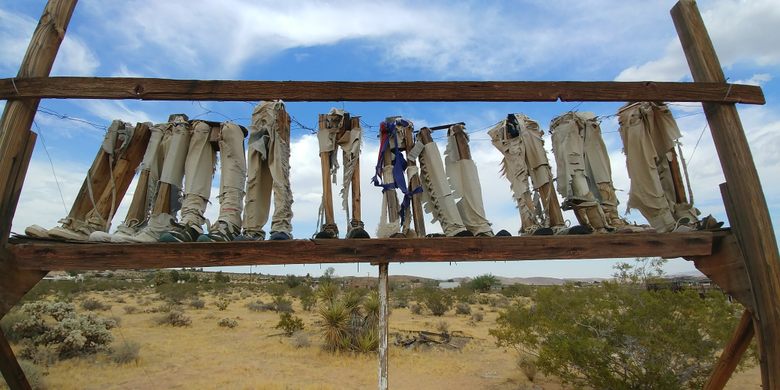













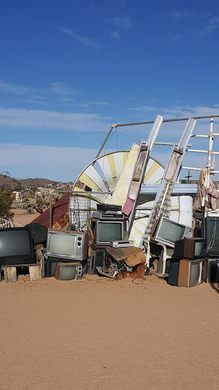


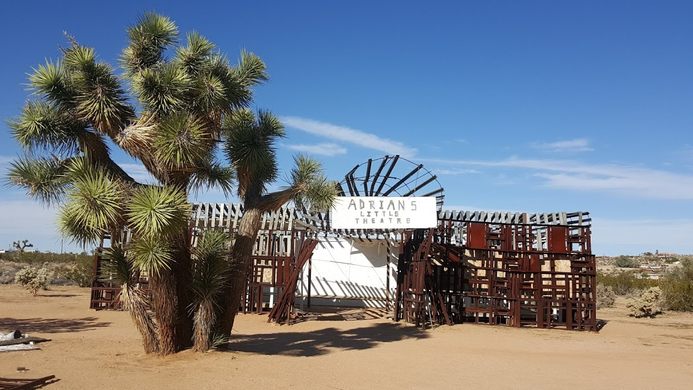
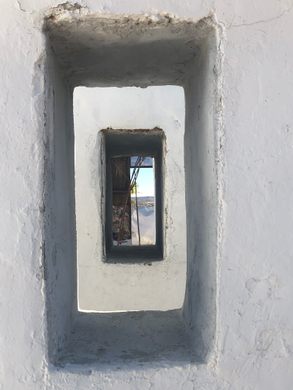
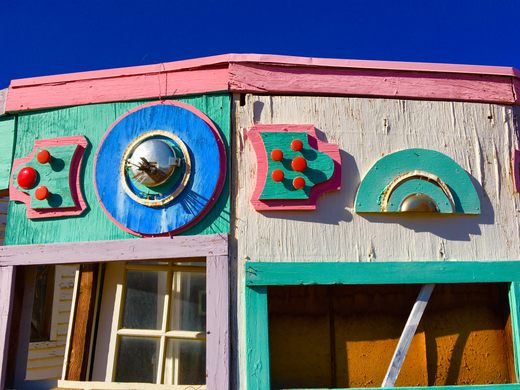



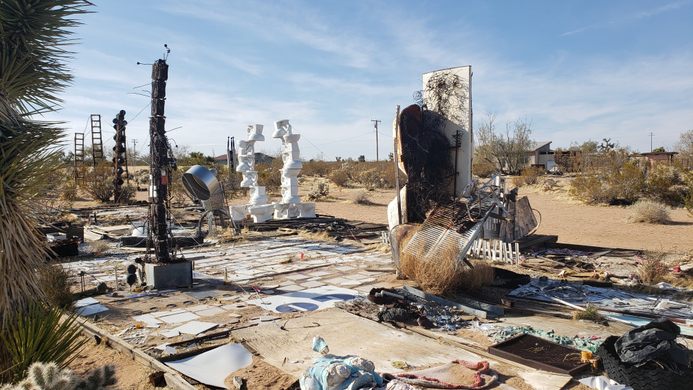
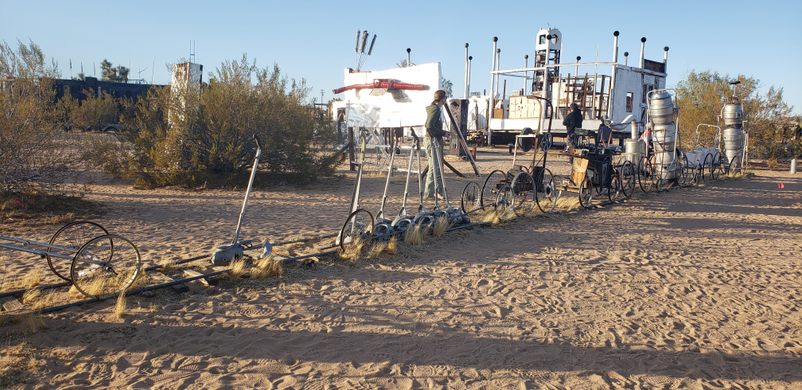
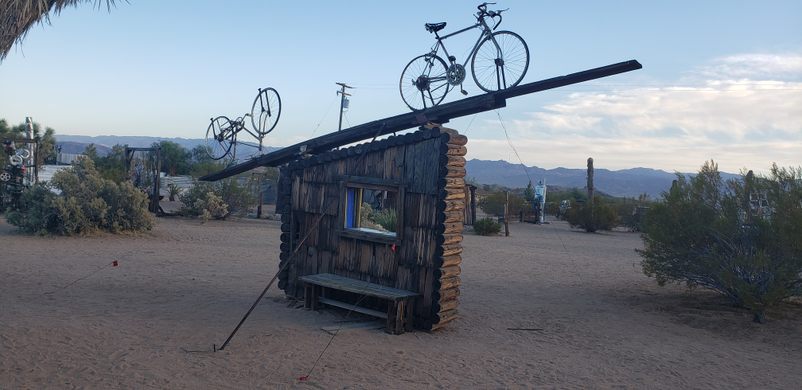
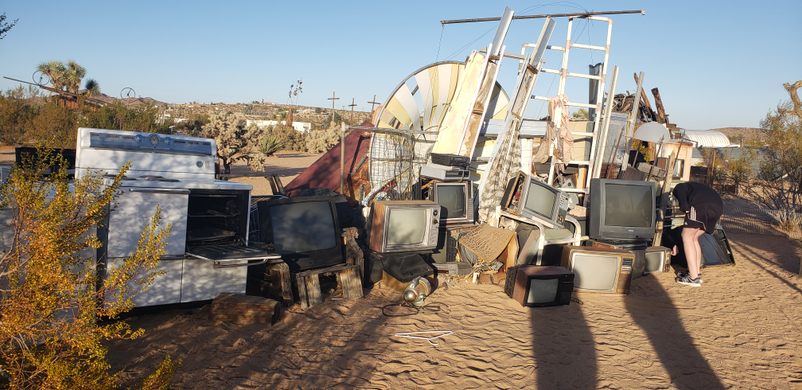
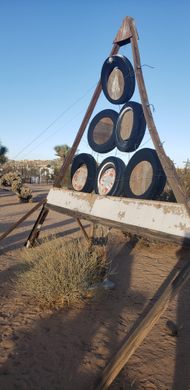
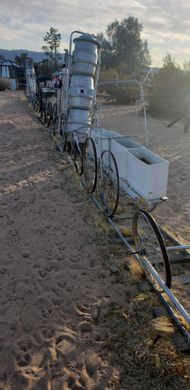
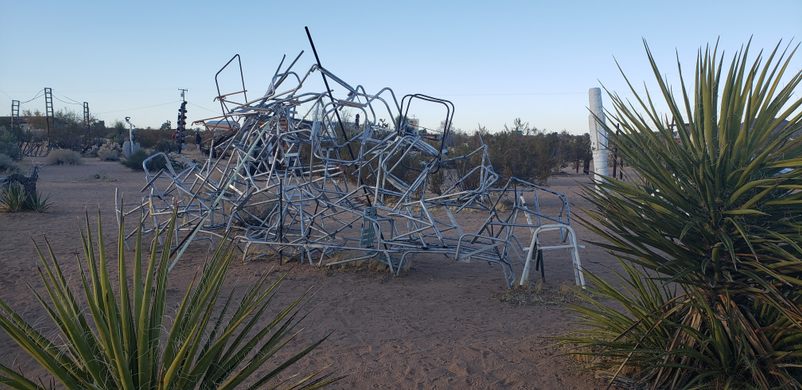
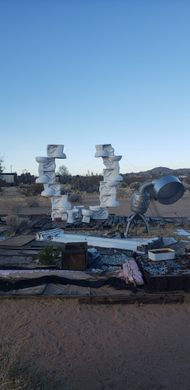
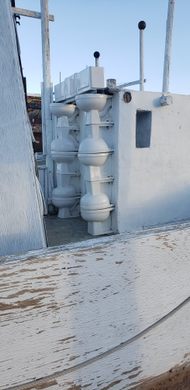

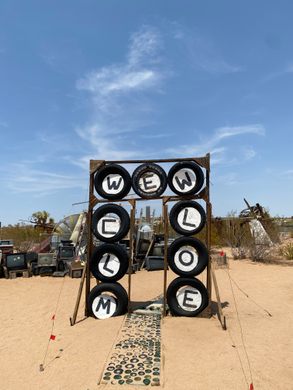





















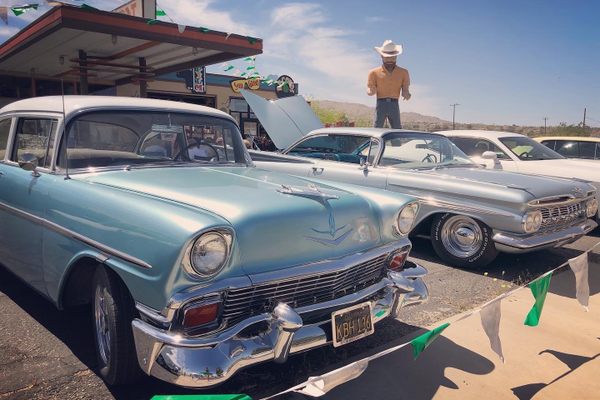

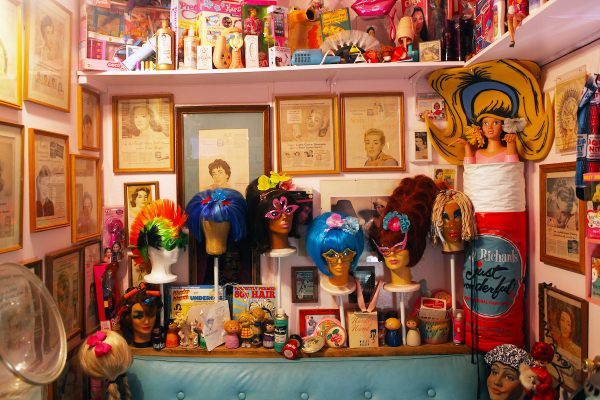
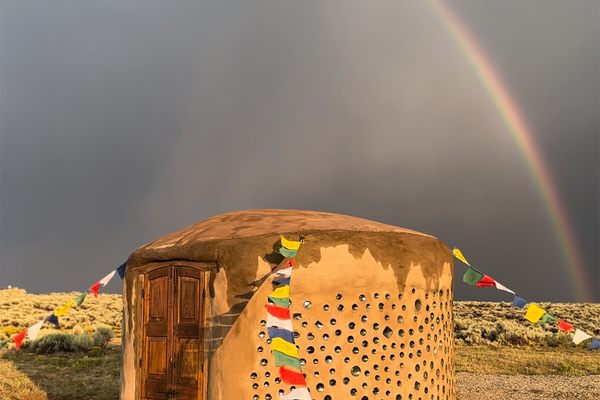
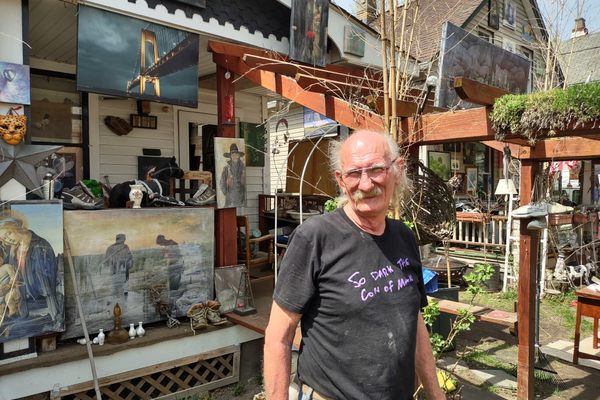
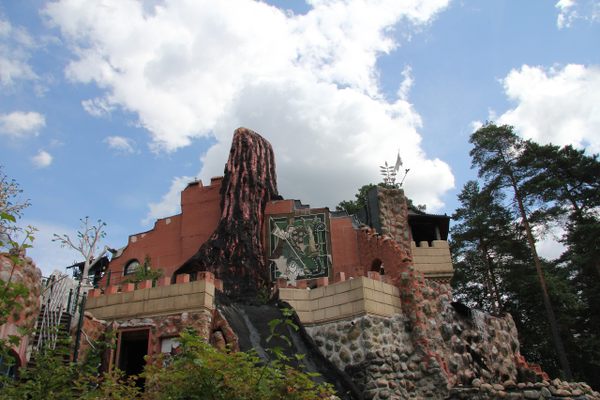


Follow us on Twitter to get the latest on the world's hidden wonders.
Like us on Facebook to get the latest on the world's hidden wonders.
Follow us on Twitter Like us on Facebook